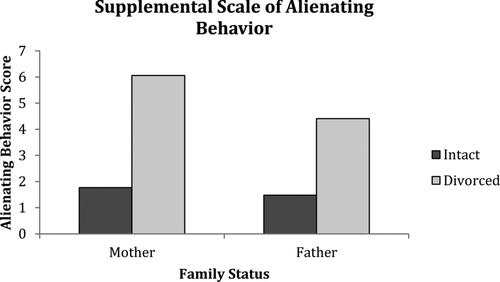Is compassion an emotion?
The first natural response for the most if us would probably be; Yes of course it! But is it really an emotion? To be able to discuss this question we must first know what Emotions are. Emotions are, according to Paul Ekman (2003) something that is universal, they are the same no matter where you go or who you talk to. Saying that a Lecturer of Bangor University, the president of the United States of America, a student from Sweden and the native Indian have the exact same way of showing fear, anger, happiness, sadness, contempt and disgust…and pleasure.

Same facial expression of emotion on four different people, in four different contexts. (http://satanicrabbit.files.wordpress.com/2010/12/lens8529101_1260738655famous_micro_expressions1.jpg )
These basic emotions are not learned in any way, they are innate, and they are all shown in our face. A study that shows this exceptionally well is Psychology Professor David Matsumotos (San Francisco State University) study where he compared blind and sighted judo athletes. The results showed that blind and sighted individuals use the same facial expressions He analyzed 4’800 pictures of athletes from 23 countries, from 2004 Summer Olympics and Paralympic Games. (unknow. (2008). Facial expressions of emotion are innate, not learned, says new study) This paragraph is more of a detour from my main topic, supporting the theory that facial expressions of emotion are universal and is not something we learn from each other.

Blind/ sighted comparison. (http://esciencenews.com/articles/2008/12/29/facial.expressions.emotion.are.innate.not.learned.says.new.study )
Now that we think us knowing that Emotions are universal and that they are innate, what about compassion? There is a difference between the compassion a mother feels towards her newborn child, the one we feel towards friends and colleges and the one we feel towards a complete stranger, says Paul Ekman in an interview at Lund’s University, Sweden 2011-05-27. And a mother’s compassion is the one closest to fit Ekman’s criteria for being an emotion because it is stronger and long-lived compared to the compassion we feel for the ones who dies in the tsunami in Thailand. Some people can see pictures of suffering people in a distant country and become to touch that they devote the rest of their life to help them, but they are a minority, says Paul Ekman during his lecture at Lund’s university.
Own thoughts.
So why is it that some people devote their life to save others, whilst some just don’t give a damn about others? Some people have absolutely no compassion at all, we call them psychopaths. Emotions are something we feel and respond to, the same way over and over, and we show it, even if the think we don’t. Compassion is varying from time to time, sometimes we have it, and sometimes we don’t. Compassion can also be trained away, if it couldn’t be – How would you explain the human habit of killing each other off? Without compassion (or the risk of going to jail) would we even hesitate to commit an act of murder?
I think that compassion is something we learn from our parents, friends and neighbors. Just as we learn how to separate Right from Wrong – Ethics. We are not born with the knowledge about Ethics. If you were to say that Compassion is with us from birth, you are in a way saying that the human is born with an innate goodness. Which I don’t think is the case, we are as easy to affect and easy to predict. Hell, even what we think is attractive can be calculated by a computer – The golden face ratio.
Hopefully you have Compassion enough to comment 🙂

(http://www.52ndreadingscoutgroup.org.uk/Cub%20Club/notices.html)
Bibliography
http://esciencenews.com/articles/2008/12/29/facial.expressions.emotion.are.innate.not.learned.says.new.study
http://www.lu.se/o.o.i.s?id=708&news_item=6870
http://challenge.visualessence.nl/C514241107/E20060927114121/Media/RF-Mask.jpg
http://satanicrabbit.files.wordpress.com/2010/12/lens8529101_1260738655famous_micro_expressions1.jpg
http://www.52ndreadingscoutgroup.org.uk/Cub%20Club/notices.html





